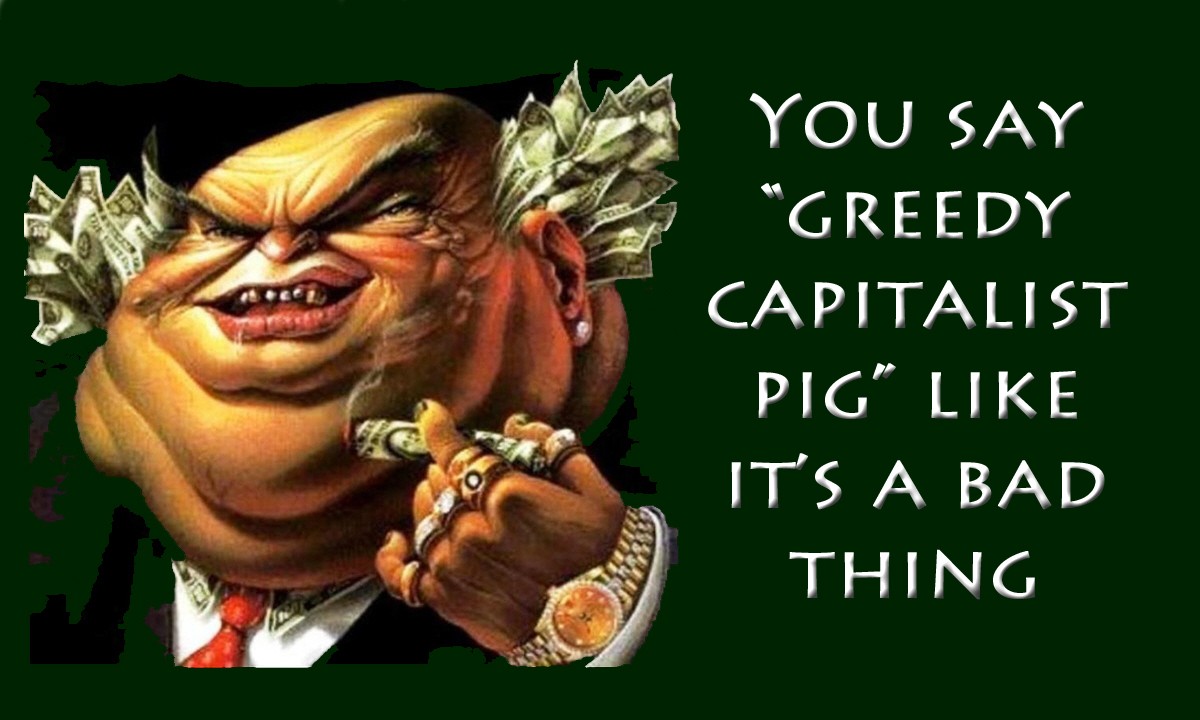Don’t bother replying to this one. Just thinking out loud.
I was puzzled by why activists like Aboriginal to always have a capital ‘A’. So I started thinking where capitals appear in the English language. As titles of organisations, political parties, religious entities, states.
Then it twigged that these Aboriginal activists were modelling themselves after the Jewish religion. A combined political/religious movement complete with canonical mythology and based on racism. The real authentic documentation is already deliberately hidden from non-believers.
Scientology by way of contrast in completely different in modelling itself after Christianity in the way it developed from somebody who deliberately set out to gain political power by deluding others, spreading through the Roman (now Euro-American) elite and being enforced by threats and violence.
Then there are other religions, such as AFL/world cup/world series, such as money/capitalism, such as Scotland/England, such as environmentalism, such as DC/Marvel. Each with their own myths and supporters.

